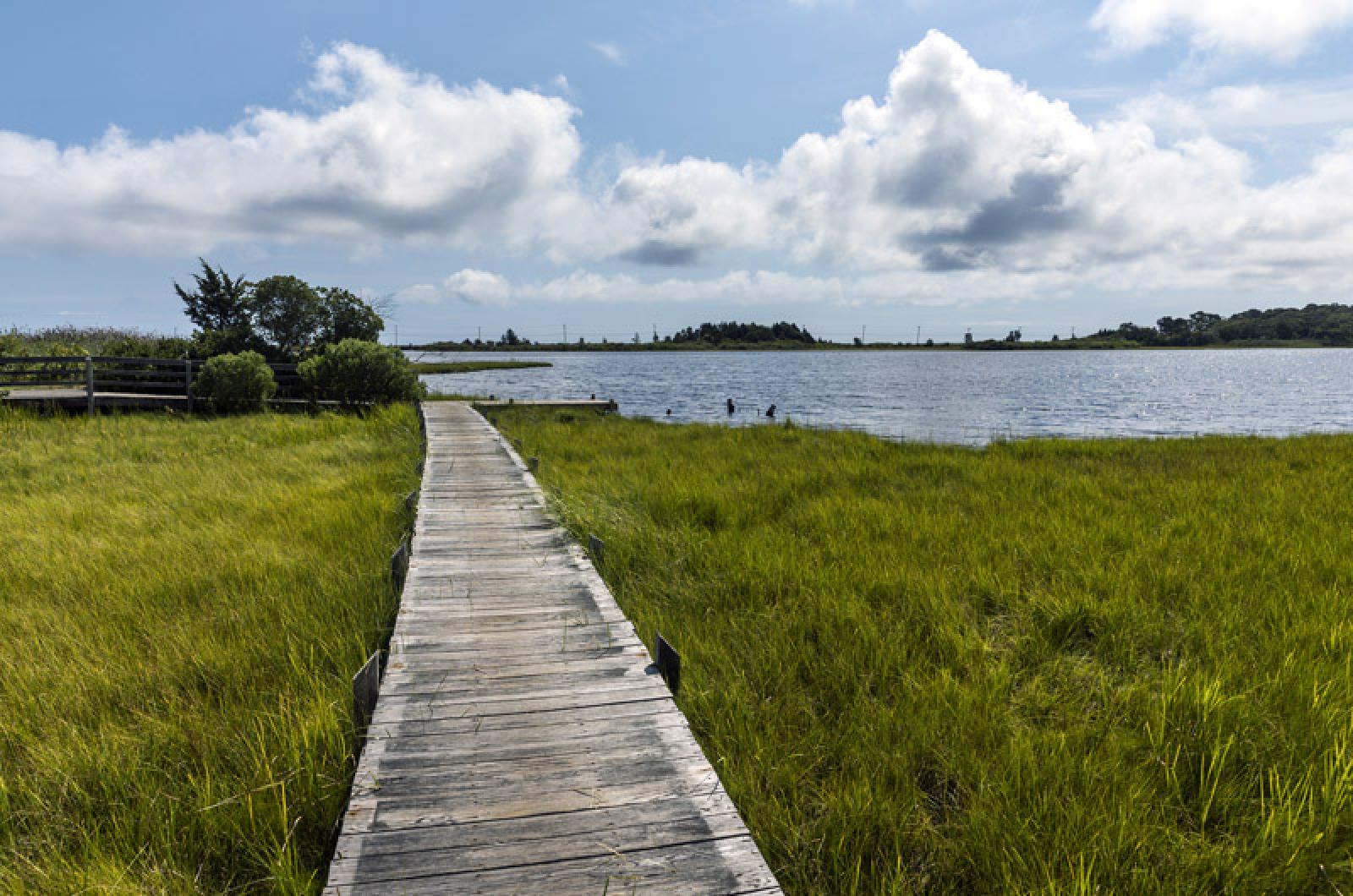There has been growing public awareness on the Vineyard over the past five years of the cause and effects of Lyme disease and other tick-borne illnesses and ways to minimize the risk of infection. Much of the credit goes to the Island boards of health and their prevention and illness reduction program, which has served as the key Islandwide hub (mvboh.org) for information about this serious public health issue. The project has been funded by a mini-grant from the Martha’s Vineyard Hospital.
With that grant running out this fall, the future of this important initiative is unclear at a time when accurate public information and a coordinated approach to tick control on Martha’s Vineyard is more critical than ever.
Week by week we gain more understanding about the pernicious threat posed by the tiny ticks that inhabit the woods, grasslands and beachfronts of the Island. It has long been known that the Vineyard is a hot spot for ticks. It has finally become accepted that the diseases they carry can bring debilitating effects that often last for years and can, in some cases, be life threatening.
Two weeks ago state legislators passed a bill that mandates insurance coverage for medical treatment of chronic Lyme disease. The bill survived an uphill battle that included fierce opposition from Gov. Charlie Baker and insurance industry lobbyists and is seen as a breakthrough, despite ongoing divisions in the medical community about diagnosis and treatment for Lyme disease. With the cost of doxycycline and other antibiotics in the stratosphere, the bill is a lifeline for people who might not otherwise be able to afford treatment.
On the Vineyard, the Island’s unofficial tick czar is biologist Richard Johnson, whose efforts under the umbrella of the boards of health include both a concerted public education effort and extensive field work aimed at quantifying the prevalence and variety of ticks that occur here and the bacterial illnesses they carry.
Among other things, Mr. Johnson has documented the spread of lone star ticks, a southern species now occurring on the Island. In another recent development, he confirmed that a little-known illness, Miyamotoi disease, is present in some larval deer ticks, which hatch in August. His finding was described in a letter to the editor, which appears in the Gazette this week (it previously appeared online).
This summer Mr. Johnson has been appearing at meetings of the various homeowner associations around the Island to help further the education mission. He will provide an update on his work at two public events planned on Monday and Tuesday next week at the Chilmark and Chappaquiddick community centers. The Chilmark event begins at 5 p.m. Monday. The Chappy event takes place Tuesday at 7 p.m.
There are potential breakthroughs too taking place in laboratories. At the Vineyard Medical Center in Vineyard Haven, a long-term study focusing on better treatment and diagnosis of Lyme disease is in its second year. A biologist at the Massachusetts Institute of Technology has begun to explore possible genetic modifications in mice as a way to create immunity to the bacterial diseases they carry and transmit to ticks. Still in the earliest stages, the work will take years to complete. Recent meetings saw solid community support for the experiment.
In the near term, another tool under consideration for reducing the incidence of tick-borne illness is culling the large deer herd on the Vineyard. The etiology is complicated, but in simple terms the ticks pick up bacteria from small mammals, especially white-footed mice, then migrate as adults to larger host animals, especially deer, where they get the blood meal they need to reproduce in large numbers. Because of the vast number and reproductive rate of small mammals, addressing the mouse population alone has been ineffective in disease reduction efforts.
This week the Gazette, with cooperation from the boards of health, is launching an online survey aimed at exploring community attitudes about the seriousness of the tick problem and testing public opinion about various remediation efforts, including a concerted effort to reduce the deer population.
The survey takes only a few minutes to complete and can be found here.
Please take a few minutes to fill it out, and make your opinion count.




Comments
Comment policy »